MUSE
The Rolls-Royce Art Programme interview
Jessica Persson Conway about the Rolls-Royce Art Programme MUSE

»I think the future is very exciting for MUSE. We’re going to see some incredible work …«
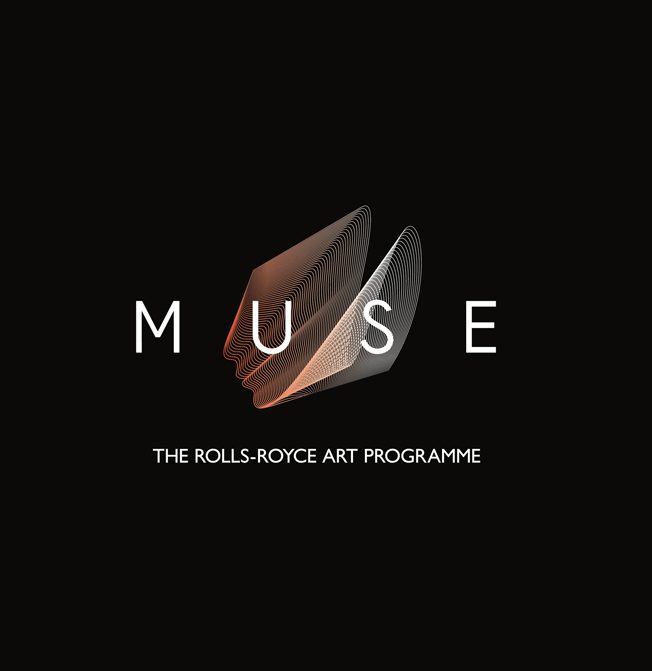
Which art and design had a particular influence on you when you were growing up?
I come from the far south of Sweden, which is a popular destination for art and artists. It’s famous for its light and the landscape and has attracted many artists over the years. So, I’ve pretty much been surrounded by art since I was a young child.
My first memory of art was when my grandfather, who was a landowner, asked a local artist to create a series of paintings from his land but I didn’t really like the painting and began to reflect on this (laughs). Some years later I started to explore the impressionists and that was my very first personal step into the art world.
So, the more I discovered everything beyond the obvious genres, the more addicted I became to art.
What was the first job that allowed you to develop your passion for art further?
Because I worked with luxury brands for many years even before joining Rolls-Royce, I came across that strong kind of synergy between the work of luxury brands and the world of art. My first deep dive into the world of art began when I started working at an art gallery in London.
At the end of the day, it attracts the same customers given that art has become a luxury category of its own. The appreciation of art aligns seamlessly with the appreciation of the extraordinary craftsmanship that is required to build exceptional cars in the luxury category. So, when I had this tremendous privilege and opportunity to work with Rolls-Royce, it felt like coming full circle.
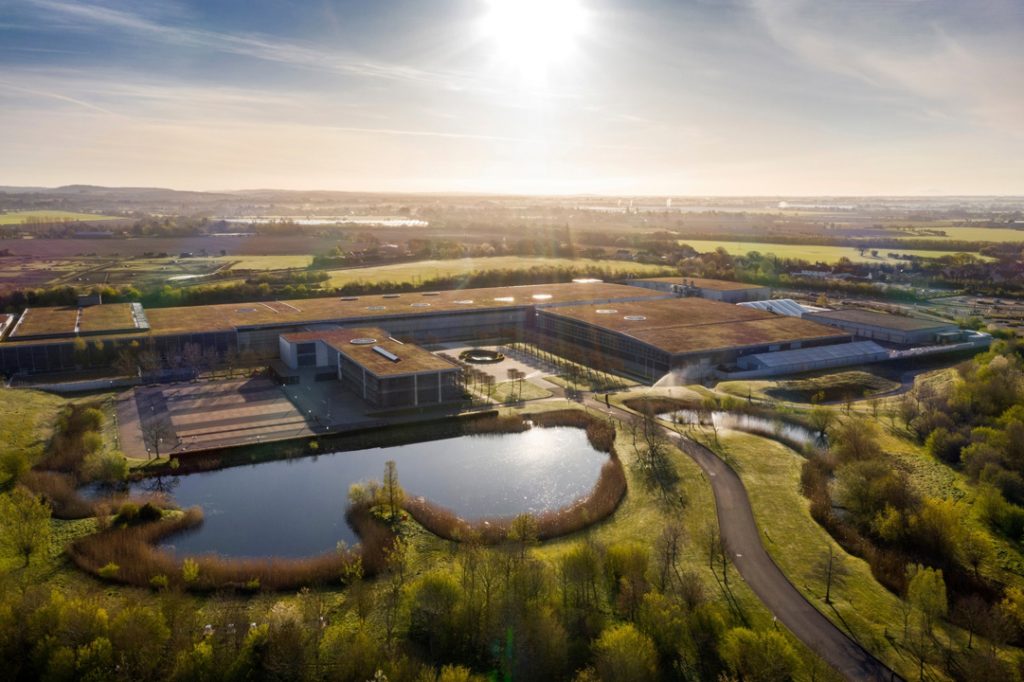
You started at Rolls-Royce in 2017. How has the way Rolls-Royce supported the arts scene evolved in recent years?
Let me just bring it back to 1911 first, when Charles Sykes, an English artist, was commissioned to create the Spirit of Ecstasy. That was when Rolls-Royce first had an active role in the art world. So, I was given the chance to start my work within this particular long tradition of the brand.
When I joined in 2017, I built on this and developed what is now Muse, the Rolls-Royce Art Programme. In late 2019, Rolls-Royce made a huge commitment to promoting creativity with the aim to leave a legacy of exceptional art and artistic achievement. So there are two initiatives, the Dream commission and the Spirit of the Ecstasy Challenge.
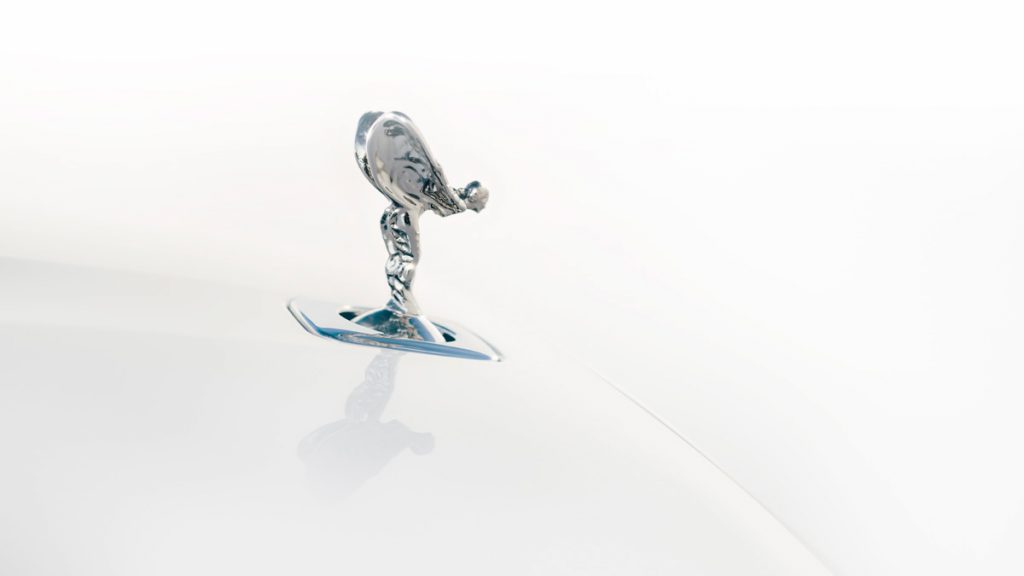
The Dream Commission is all about moving image art, and the Spirit of the Ecstasy Challenge celebrates the design and physical potential of materials. Therefore, the question arises whether you built up these two initiatives on these very different aspects of the art world on purpose and why.
With these two initiatives, we wanted to develop a different creative lens through which we tell the story about some very strong artistic achievements for the brand. Before we started the Dream Commission initiative, for example, we reflected intensely on the actual similarities between Rolls-Royce and the art world. We became aware that the brand’s nimbus also has a lot to do with dreams, because when you step into a Rolls-Royce, you are in another world, in an otherworldly dream come true. So, we decided to establish the Dream Commission as a platform for moving art as this category captures that spirit of multiple realities and interacting layers in a very intriguing sense.
With the Spirit of Ecstasy Challenge, on the other hand, we focused on the design work that we do at Rolls-Royce. So, it’s about inviting designers from outside the car world to explore our cosmos in Goodwood. This always starts a dialogue that inspires both ways. We really strive to make a contribution that is truly authentic and reflects the broad-natured approach of Rolls-Royce.
For the Dream Commission, you managed to invite renowned partners from the art world. Would you like to tell us a little bit more about that?
We are very proud to cooperate with such renowned and wonderful partners such as the Serpentine Gallery in London and the Fondation Beyeler in Basel for a number of years, and we’ve got wonderful relationships with them.
These partnerships open doors for many artists we work with and extend beyond our respective initiatives, which makes me particularly happy to see. Sondra Perry for example, who was awarded the Dream Commission Prize in 2020, is showing one of her current works at Fondation Beyeler until March 2022 and she will also be part of this year’s Venice Biennale.
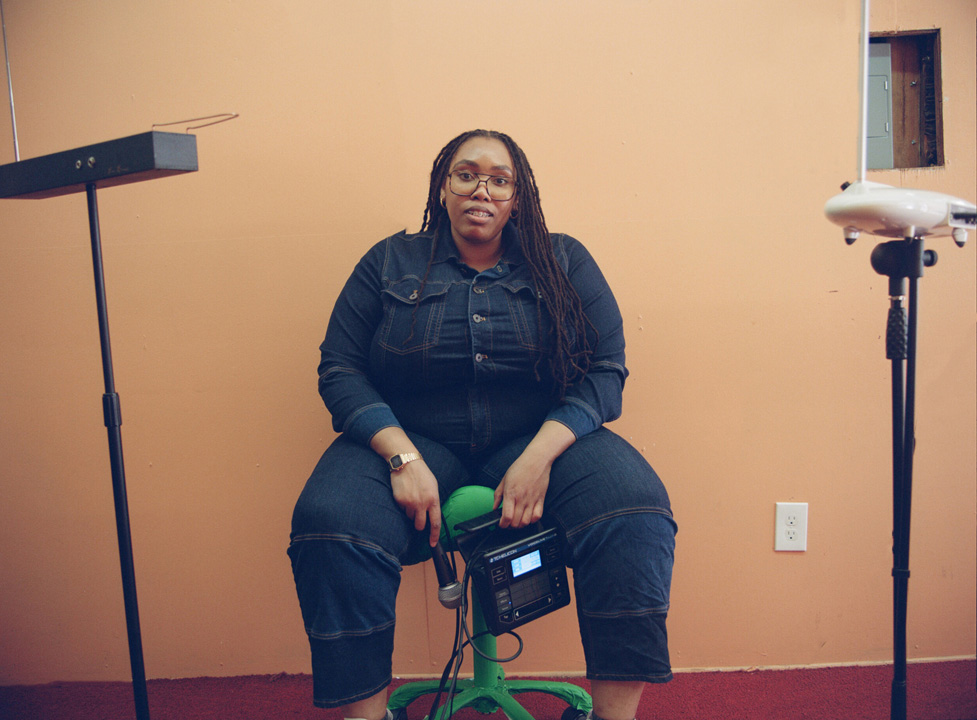
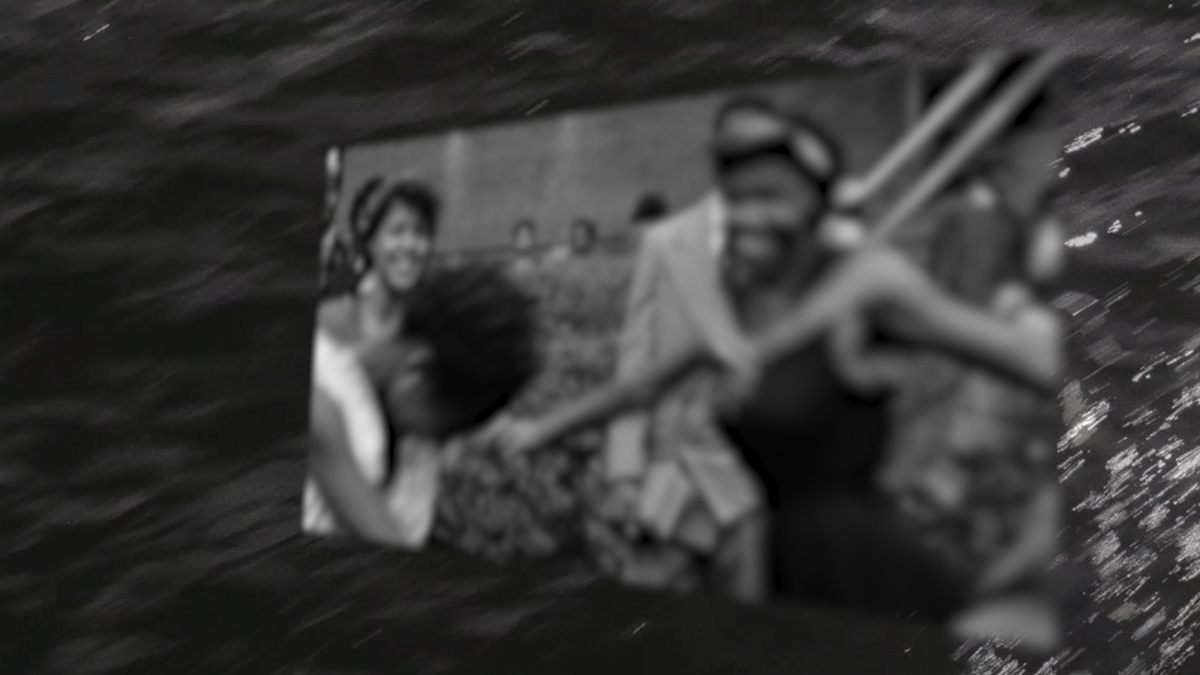
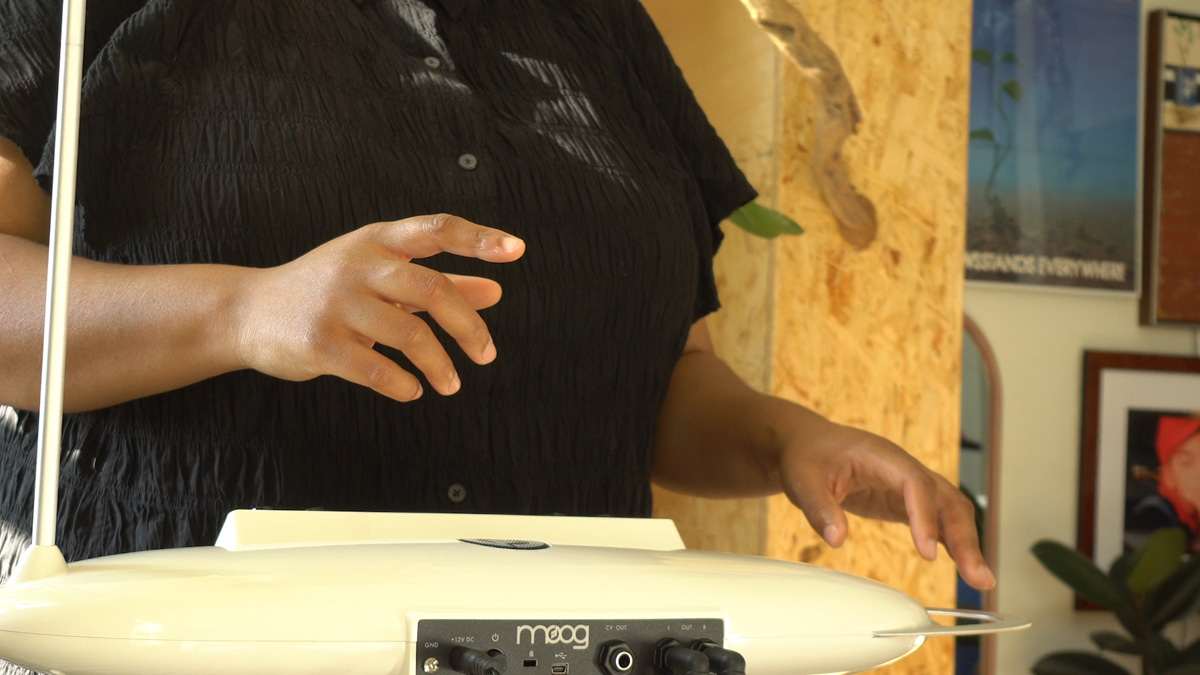
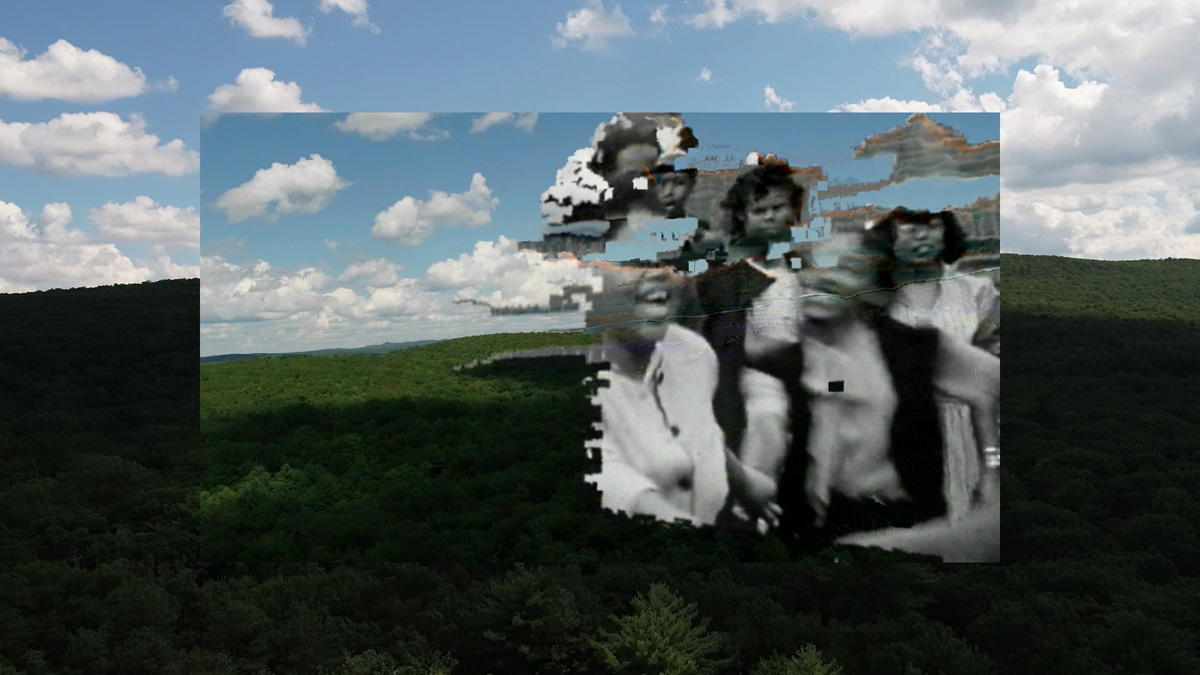
Let’s go back to Rolls-Royce customers and the many art afficionados amongst them. Can you spot different approaches in collecting art around the world that are specially shaped by the cultural background of the collectors?
In some of the bespoke cars that we have recently created for our patrons, national identity seems to be very prominent. Take the recently completed Phantom Orchid, for example. This car was commissioned by a customer in Singapore and, as we know, orchids are iconic symbols for resilience, beauty and strength in that cultural context.
Another example is from South Africa, where the wonderful artist Esther Mahlangu created the Phantom Gallery for a client. So, I think national identity plays an important part amongst our clients, and it’s a way for them to express this.
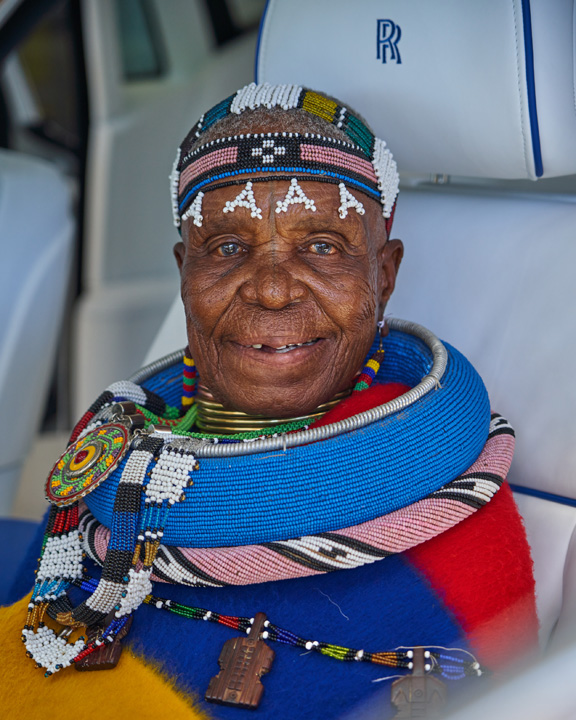
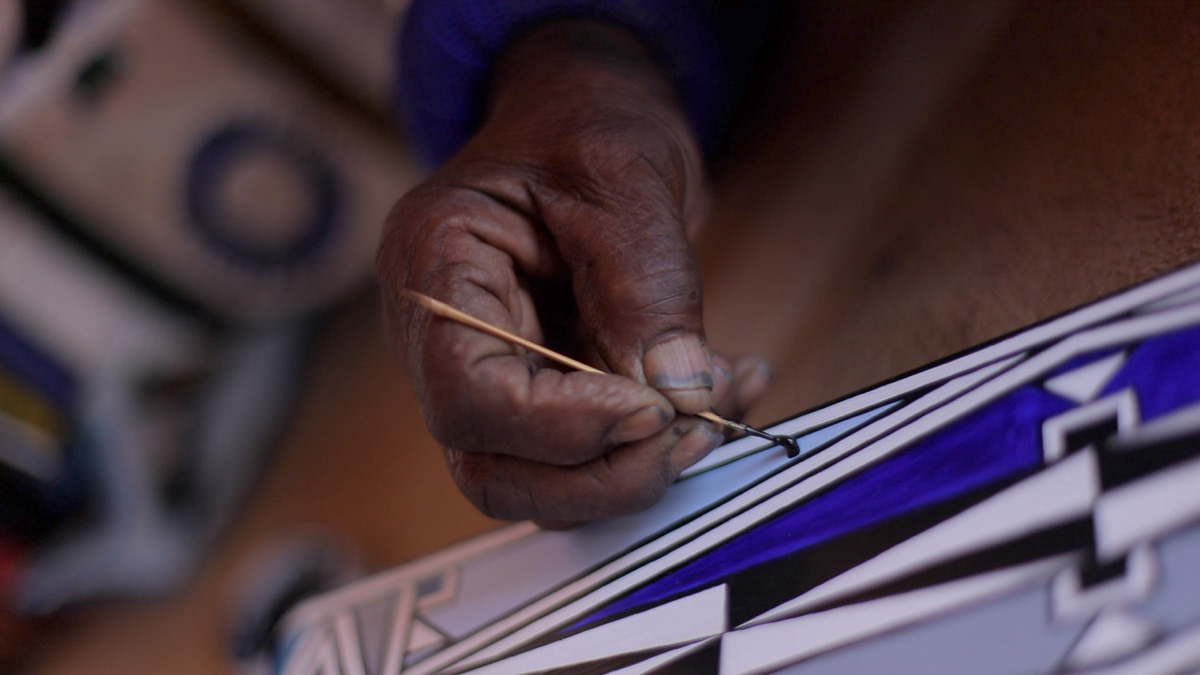
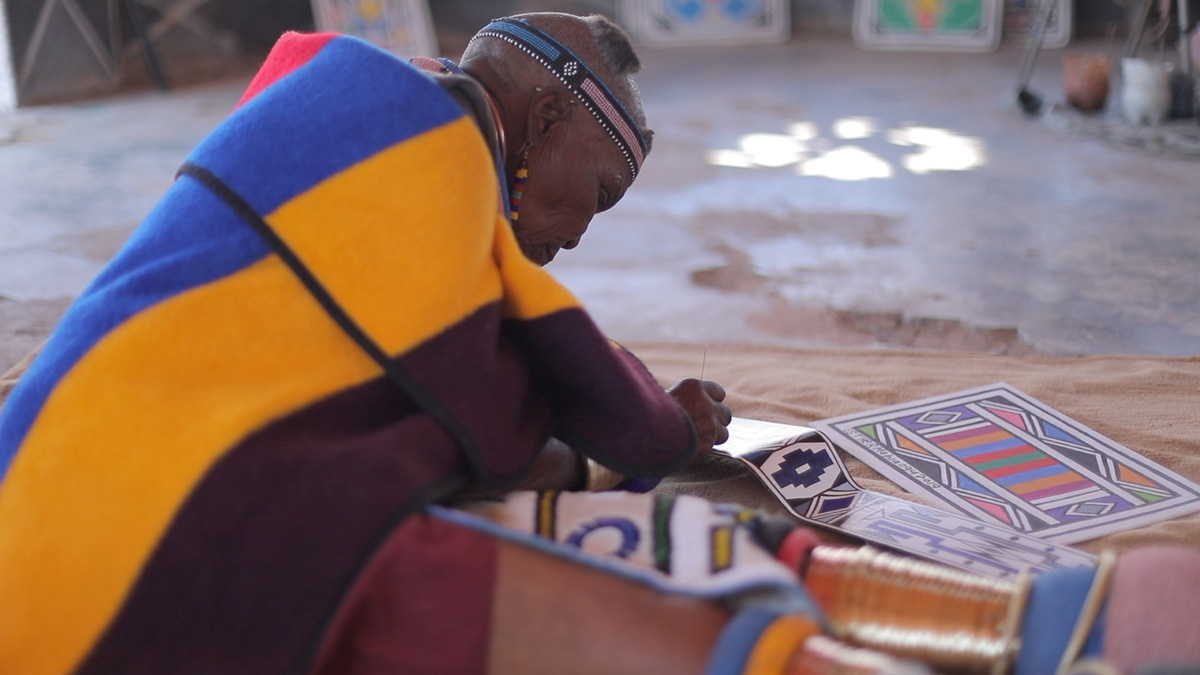
Are there any additional aspects of the Rolls-Royce Art Programme you would like to point out?
We work actively to inform our customers about trends in the art world or about artists and we share this through our Whispers platform and our website.
Last year, for example, we published an interview with two collectors of video art, Julia Stoschek and Han Nefkens, conducted by the Swedish curator Daniel Birnbaum. It enables us to reach out to all of our Rolls-Royce owners who are on the same kind of path or who want to start collecting in the first place.
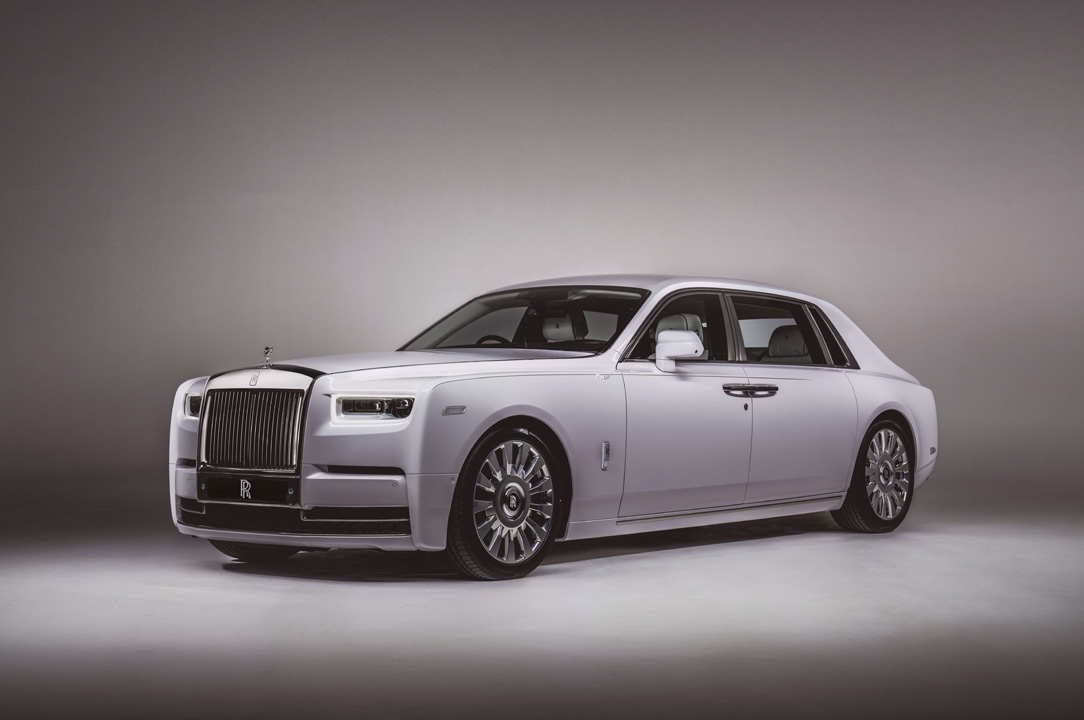
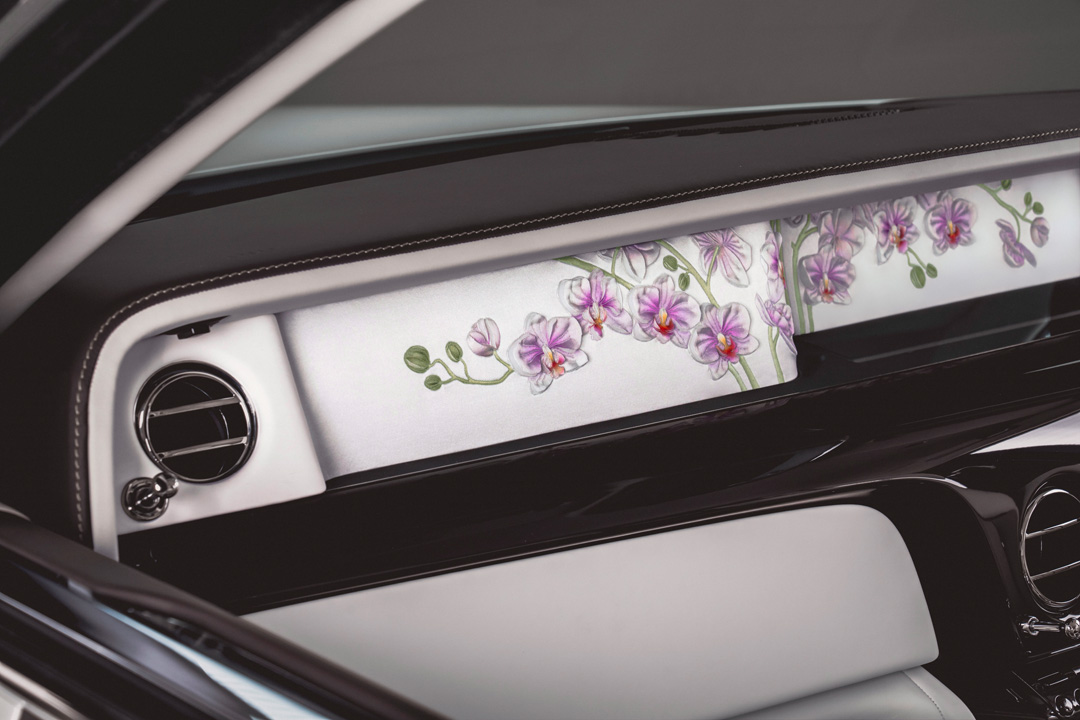
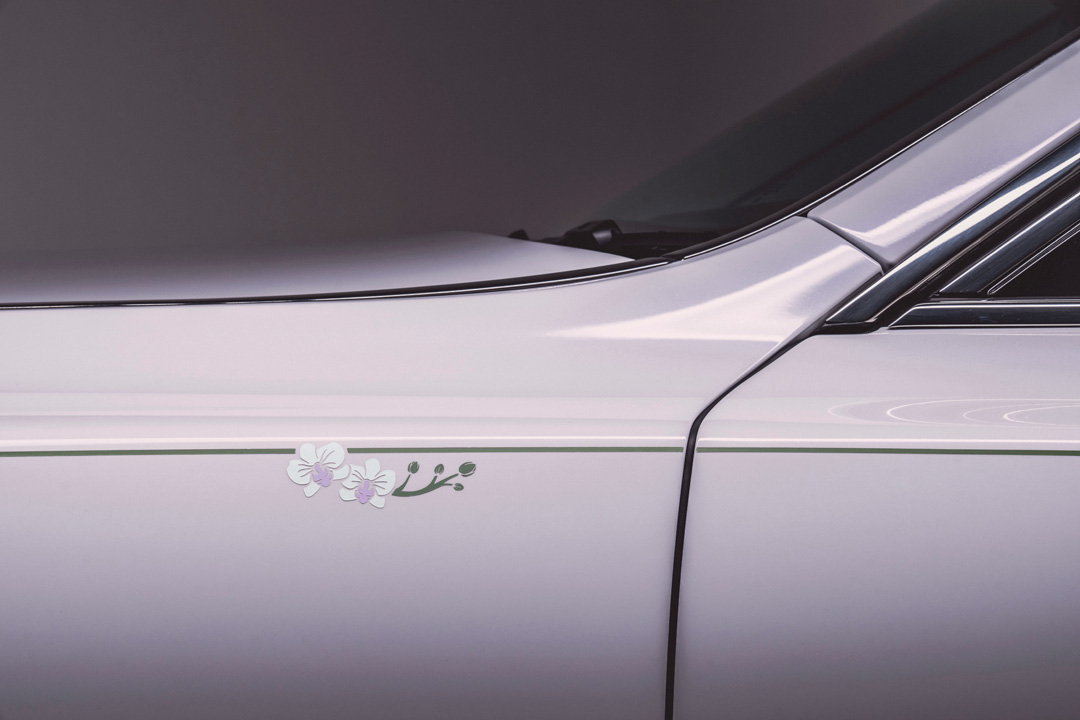
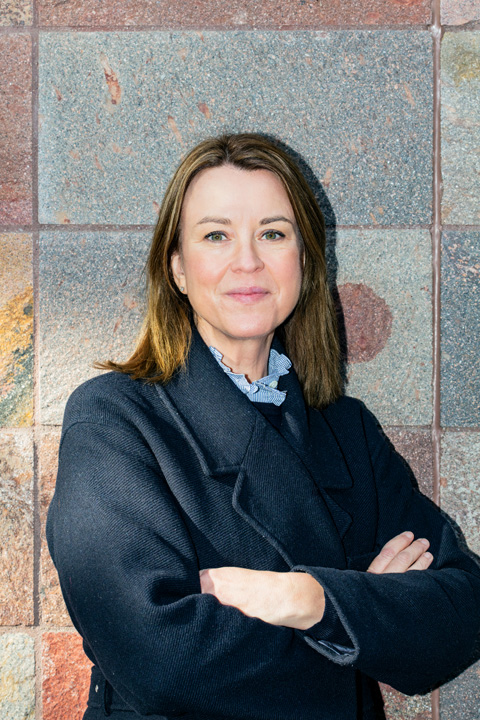
What about the future of Muse? What will happen next?
I think the future is very exciting for Muse. We’re going to see some incredible work this year as part of both the Spirit of Ecstasy challenge and the Dream Commission.
We’re going to launch our second edition of the Dream Commission, with a new artist who will be commissioned to create moving image art on the subject of dreams. That’s the next big step following the Spirit of Ecstasy Challenge.
If you could travel back in time, which artist would you most want to visit and meet?
Oh, it’s hard to choose one artist! Apart from Charles Sykes and the fascinating story behind the Spirit of Ecstasy, I think that the one artist who I would love to spend time with is actually the Swedish artist Hilma af Klint.
She was producing abstract art long before Mondrian and the like, but she never wanted her art to be shown whilst she was alive. She seemed to be so far ahead of her time and was truly exploring the supernatural world through her work. I find that incredibly fascinating.
Thank you, Jessica!


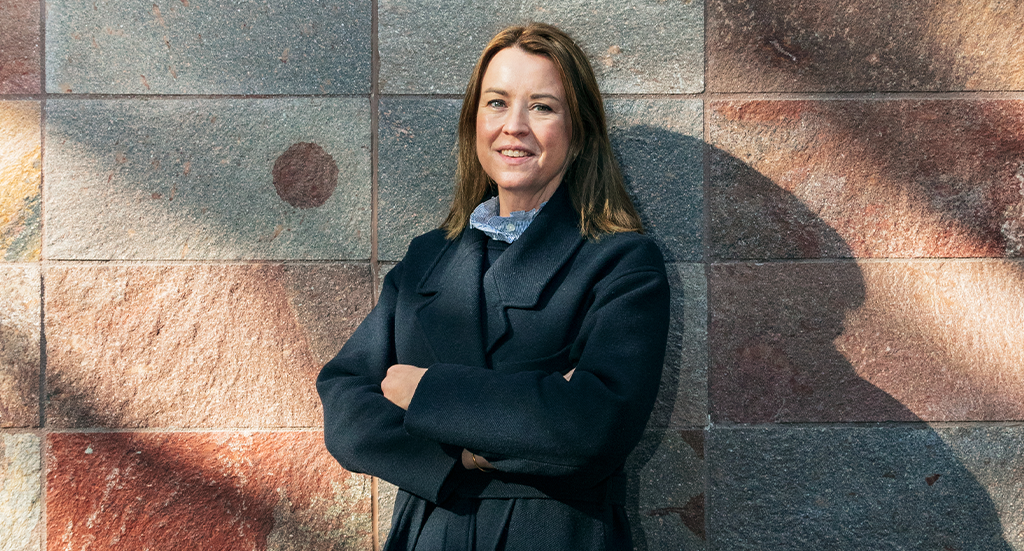
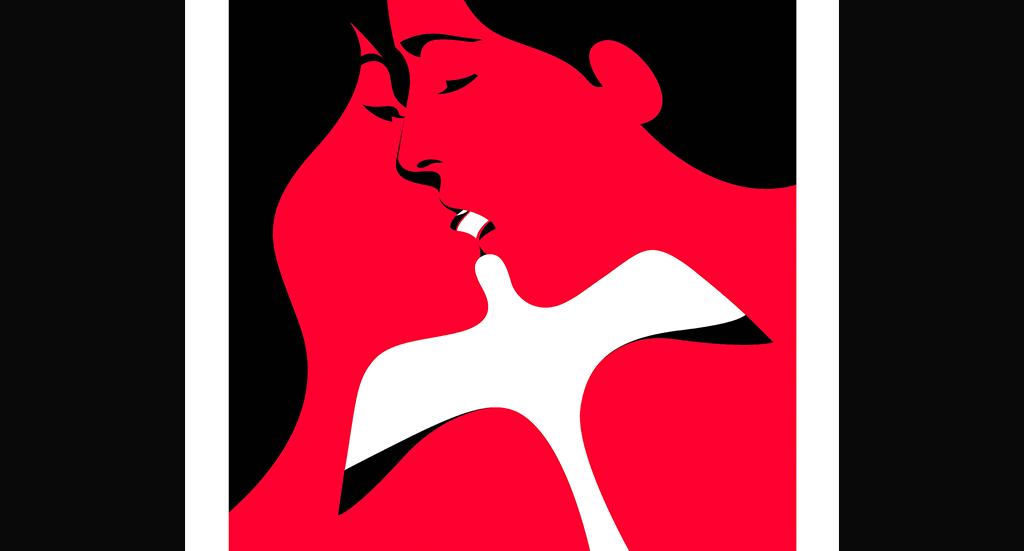
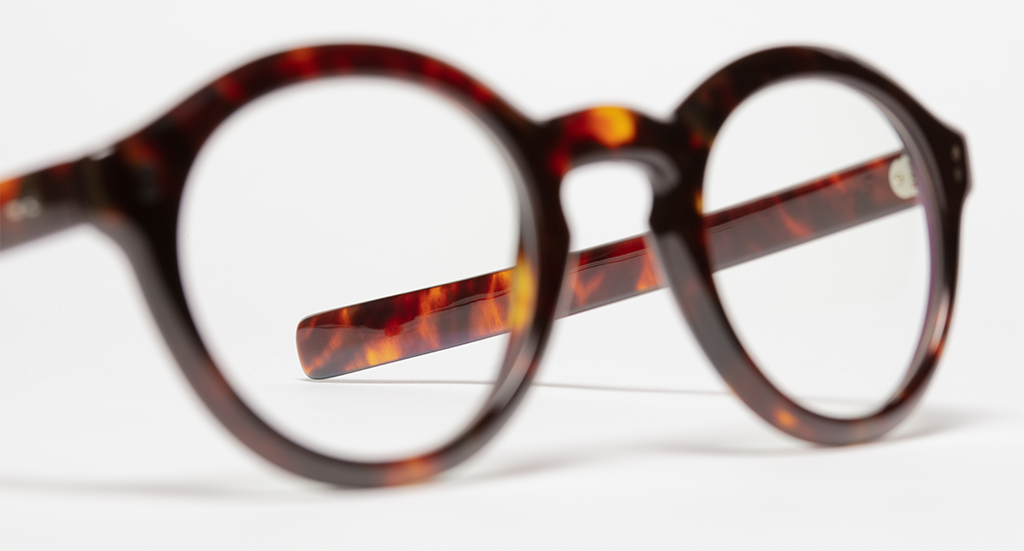

Join our Community